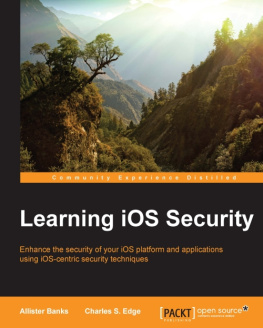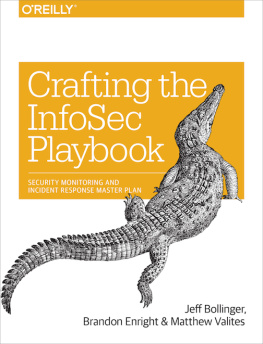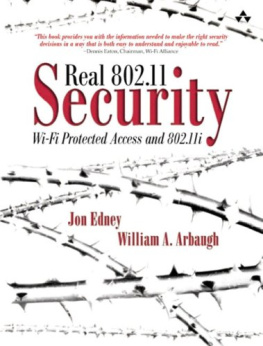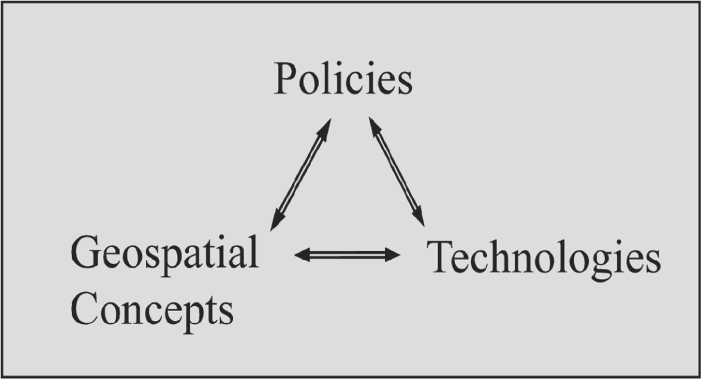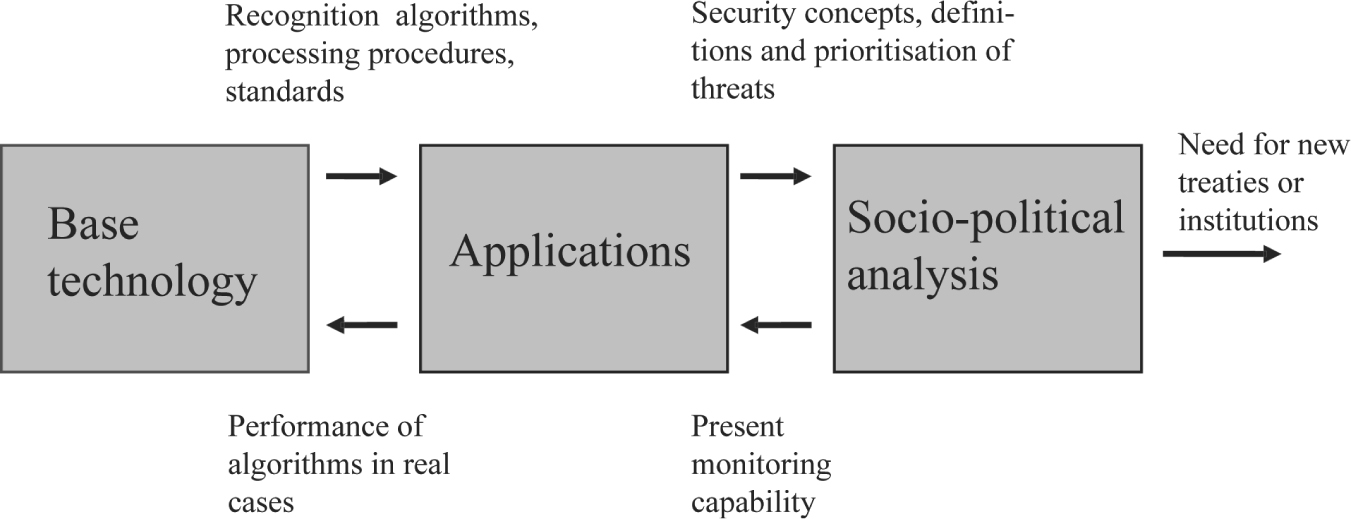1.1 Introduction
Several important policy papers on security research have called for an improvement in dialogue between security policymakers, social science researchers and science and technology researchers working in the area of security. This three-way dialogue is envisaged to enable timely research responses to global security challenges, which in themselves lead to the modification of security research policy. Within such a dialogue, the geospatial concepts have to be translated into technologies to address policy makers' needs and to test scenarios of political changes (Fig. ). The geopolitical component of security policies addressed by technological tools is introduced in order to improve the efficiency of the communication.
Fig. 1.1
Bringing geospatial concepts into the flow of spatial information between technologies and policies in order to improve the collaborative responses to global threats from the scientific and policy communities
One important task of this paper is to reconcile the demand for information from socio-political analysts with that supplied by geospatial technology including earth observation. The process can be handled by a workflow between socio-political analysts and earth observation experts (Fig. ). This paper attempts to link these two communities by proposing definitions of security and the application of these definitions to spatial tools.
Fig. 1.2
Workflow between technological and socio-political work packages within GMOSS
Section considers the use of technologies like earth observation, navigation and geographical information systems (GIS) in the context of the different security definitions, drawing on specific examples of both research and operational products. We pay particular attention to newly developing capabilities of remote sensing research to analyse and address the geospatial component in security problems.
1.2 Security Definitions
A wide body of literature has developed around the concept of security. It has commonly been defined in relative terms, by reference to an object at risk, threats to that object and measures which may be taken to safeguard the object. Therefore, security definitions, are context-dependent and non-absolute; denoting several, shifting and disputed understandings of risk, threats, objects at risk and safeguard measures (Booth ). Security strategists usually define and prioritise threats on the basis of analyses from the scientific, security research and intelligence communities. The challenge for all involved is also to analyse associated probabilities and design preventive or mitigating strategies.
1.2.1 Theoretical Frameworks for Security Concepts
The two main schools of thought in international relations, realism, later followed by neorealism, and critical security studies, can be distinguished by the weight given to states, groups and individuals as both actors and objects at risk, and the importance placed on cooperation within the international system (Table ).
Table 1.1
Multilevel concepts of security (Buzan et al. )
Whose security | Individual | Group/ | State | International System | Planet |
Which security | Economic | Political | Military | Social | Environmental |
Whose responsibility | Regional Government | INGO's | States | Local Government | NGO's/Civil society |
1.2.2 Realist Definition: State Security
After World War II, security concepts were framed by the Cold War. The object at risk was automatically the state, which was the primary international actor. In an anarchic international environment the exclusive and primary responsibility of the state was the protection by military means of state borders, territory and citizens. The main threat to states was interstate conflict, thought to be inevitable given the essentially selfish, aggressive human nature (Hobbes ).
1.2.3 Changes in Definition: Human Security
The Post-Cold War era has witnessed a shift in focus from the security of the state, conceived in terms of power, autonomy, territorial integrity and sovereignty to one which relies on the concepts of universal, indivisible, interdependent human rights, recognised and protected by international law enforced by states and international institutions. In particular, threat definitions have expanded from immediate threats to state power, borders and territory requiring military responses, to longer term, indirect threats requiring international political cooperation. The nuclear stalemate, the increasing weight of shared threats to states and to the global environment, as well as the increased focus on people and their needs have led to a shift towards conceptualisation of security as multiscale, inter-dependent and requiring a multilevel response not only by states, but by international institutions like the United Nations (UN) and regional organisations like the EU, North Atlantic Treaty Organisation (NATO) and Organisation for Security and Cooperation in Europe (OSCE).
The UN definition of human security is a rights-based definition, addressing the wellbeing of people at multiple levels of analysis from the individual, the community, the state, the region, or the entire global ecosystem (UNDP ). This human security definition takes into account the causes of fears and conflicts and focuses on the reality of individuals' actual situations rather than on state security. Human security is seen as complementary, but not identical to state security.

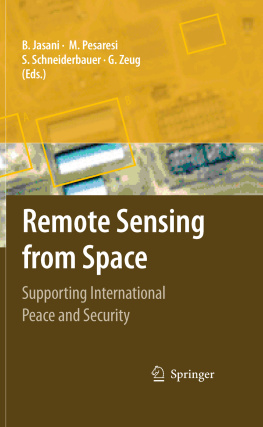
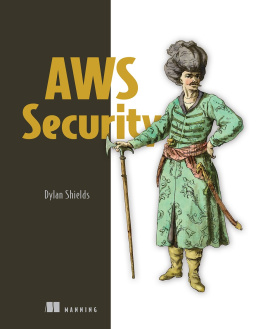
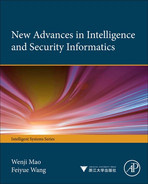
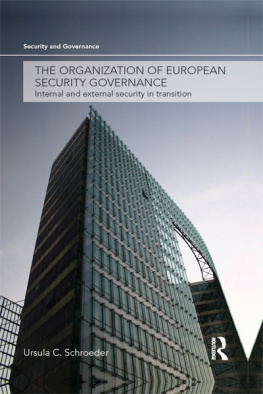

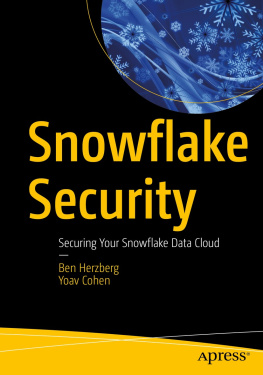

![Bollinger Jeff - Crafting the infosec playbook [security monitoring and incident response master plan]](/uploads/posts/book/193800/thumbs/bollinger-jeff-crafting-the-infosec-playbook.jpg)
